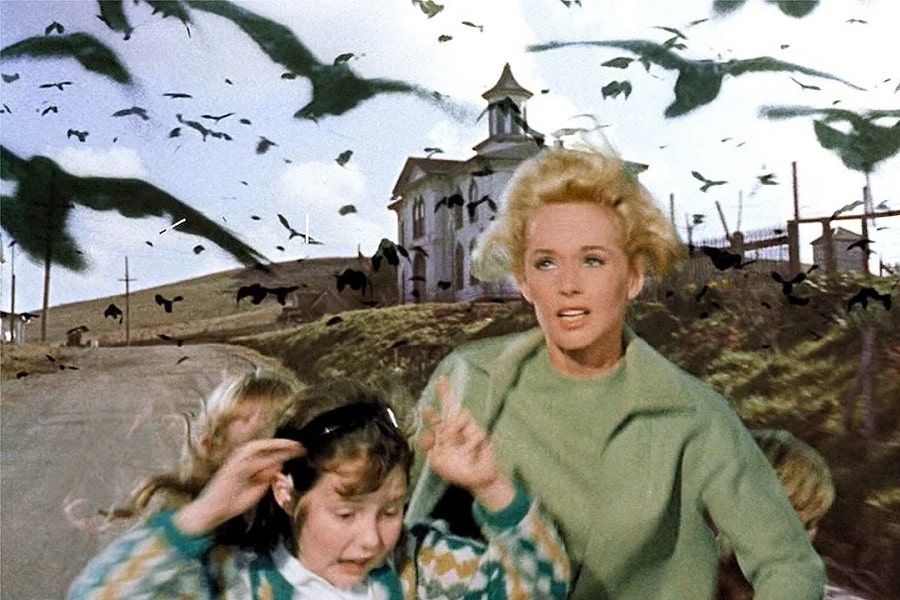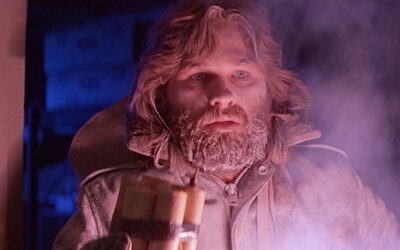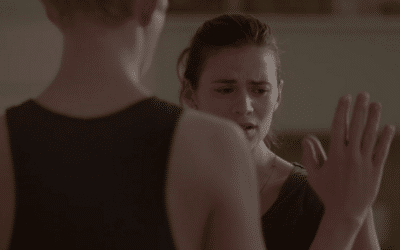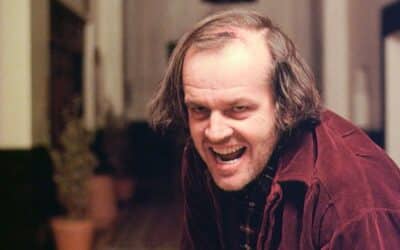
The Psychology of Fear
In the depth of the night, when the moon dons its silvery veil and shadows play tricks on the mind, there exists a secret infatuation with the mysterious and macabre. Tales spun from the deepest recesses of the human psyche creep into the world, casting an irresistible allure. This fascination with the terrifying, one might say, is an intricate dance with fear itself. In this curious tango, horror fiction—in books and on screen—twirls humanity around, offering a thrilling yet safe embrace with the unknown.
At the threshold of this exhilarating journey stands horror fiction, a genre that has captivated audiences through generations, offering a peculiar mix of fright and delight. As peculiar as it may sound, the affinity for horror narratives, those grim tales that quicken the heartbeat, can be viewed as a peculiar demonstration of the human psyche’s versatility and resilience. It allows for the exploration of the dark corners of the mind in the safety of broad daylight or within the secure confines of a living room.
While strolling through this paradoxical garden of grim and gruesome, it might be rewarding to wonder why these narratives of fear hold an unyielding grip on the human mind. Perhaps, it could be likened to the charm of the sea, whose depths house both beauty and danger, drawing many to explore its vastness with reverence and trepidation. Thus, delving into the psychology of fear and the undying love for horror fiction becomes an expedition of its own, tracing the footsteps of a species in love with narratives that jolt the senses and electrify the soul.
Let’s venture further down this road, where shadows whisper secrets to those brave enough to listen.
In the woven tapestry of human history, storytelling holds a prime position, functioning not just as a repository of culture and tradition but also as a kaleidoscope through which the complexities of human emotions are viewed. In this grand spectrum, horror fiction emerges as a vibrant thread, a testimony to the intricate relationship between fear and fascination. Literature, in all its glory, has embraced the grim tales with open arms, weaving them into the fabric of society with an eerie grace that captivates readers, dragging them willingly into the abyss of fear and thrill.
Among the annals of grim literature, Mary Shelley’s Frankenstein stands as a towering figure, a beacon of the Gothic era, which ushered readers into a world where science and monstrosity met in a tragic tango. Then, there’s the master of macabre, Edgar Allan Poe, whose words drip with darkness, painting canvases that echo with eerie whispers and haunting visions. These forerunners paved a path that countless others would tread, creating a genre rich with nuances and depths, where fear isn’t just an emotion but an experience to be savored, like a fine wine that leaves a lingering taste of darkness on the palate.
However, it isn’t just the written word that has embraced the darkness with gusto. The world of TV and film, too, has become a fertile ground where seeds of horror are sown and harvested with great skill and finesse. It is a playground where fear is molded into forms that captivate the audience, drawing them into a vortex of thrill and suspense that holds them captive, making them crave more.
Alfred Hitchcock, a maestro in this arena, transformed the way horror was perceived on screen, blending suspense and fear in measures that left audiences on the edge of their seats. Then came the era of modern horror, with masterpieces like The Exorcist and The Shining, which opened portals to realms where evil resided in every corner, waiting to pounce on the unsuspecting. These narratives twisted the familiar into the grotesque, creating a montage of fear that held an uncanny allure, drawing viewers into a trance of terror and delight.
The heart of this enchantment lies in the human brain itself, an organ of untold mysteries and capabilities. When engaging with horror fiction, the brain flickers between reality and fantasy, discerning danger while also appreciating the artistry involved. It is a balancing act of sorts, where the mind oscillates between fear and fascination, allowing individuals to explore the boundaries of their own endurance and resilience.
In the dance with horror fiction, the brain is a willing partner, embracing the rhythm of fear with grace. It revels in the adrenaline rush, the quickening of the pulse, and the heightened senses that accompany a journey through the terrifying landscapes crafted by masters of the genre. It is an experience that jolts the mind awake, offering a peculiar kind of entertainment that tickles the primal instincts buried within.
Furthermore, the engagement with horror allows for a catharsis of sorts, a release of pent-up emotions in a controlled environment. The journey through the corridors of fear grants a safe passage to confront the unknown, to face the monsters lurking in the shadows without any real danger. It is a testament to the resilience of the human spirit, a proof of its ability to dance with darkness and emerge into the light, unscathed and perhaps, even invigorated.
But, like any complex dance, the tango with horror fiction is nuanced and layered, a performance that goes beyond mere entertainment. It is a genre that peels back layers of the human psyche, revealing the complexities and contradictions that reside within. It explores themes of mortality, evil, and the unknown with an unflinching gaze, urging individuals to ponder the mysteries of existence from the safety of the printed page or the glowing screen.
In the embrace of horror fiction, the boundaries between the living and the dead blur, creating a space where individuals can venture into the unknown with a spirit of adventure and curiosity. It allows for a celebration of the mysterious, the eerie, and the grotesque, a carnival of sorts where fear is the guest of honor, welcomed with open arms and a twinkling eye.
As the moon completes its journey across the night sky, painting the world in hues of silver and shadows, the dance with horror fiction continues, an undying tango that captivates and enthralls. It is a dance that celebrates the complexities of the human psyche, a performance that resonates with the whispers of the night, echoing the eternal fascination with the unknown.
Through the pages of books and the frames of films, horror fiction weaves a rich tapestry that explores the realm of fear with gusto. It invites individuals to embark on a journey that thrills and terrifies, offering a glimpse into the depths of the human mind, where monsters and angels reside side by side, in a delicate balance that defines the human experience.
And thus, as dawn breaks and the world awakens from its slumber, the love affair with horror fiction remains, a testament to the enchanting power of fear and the insatiable curiosity of a species in love with the dance of darkness, a choreography that continues to captivate and inspire, a symphony that plays in the heart of humanity, echoing the eternal song of the macabre and the mysterious. It’s an ever-evolving story, written in shadows and whispered in the wind, a tale of horror and fascination that spans generations, offering a rich narrative that explores the intricate dance between fear and delight, a performance that promises to continue, as long as the moon shines and shadows dance in the night.
More Horror Features
Tropes of Psychological Horror
When Your Mind Plays Tricks on You
Unnerving Psychological Horror
A Journey into the Dark Corners of the Mind
Villains of Psychological Horror
Four villains of psychological horror



